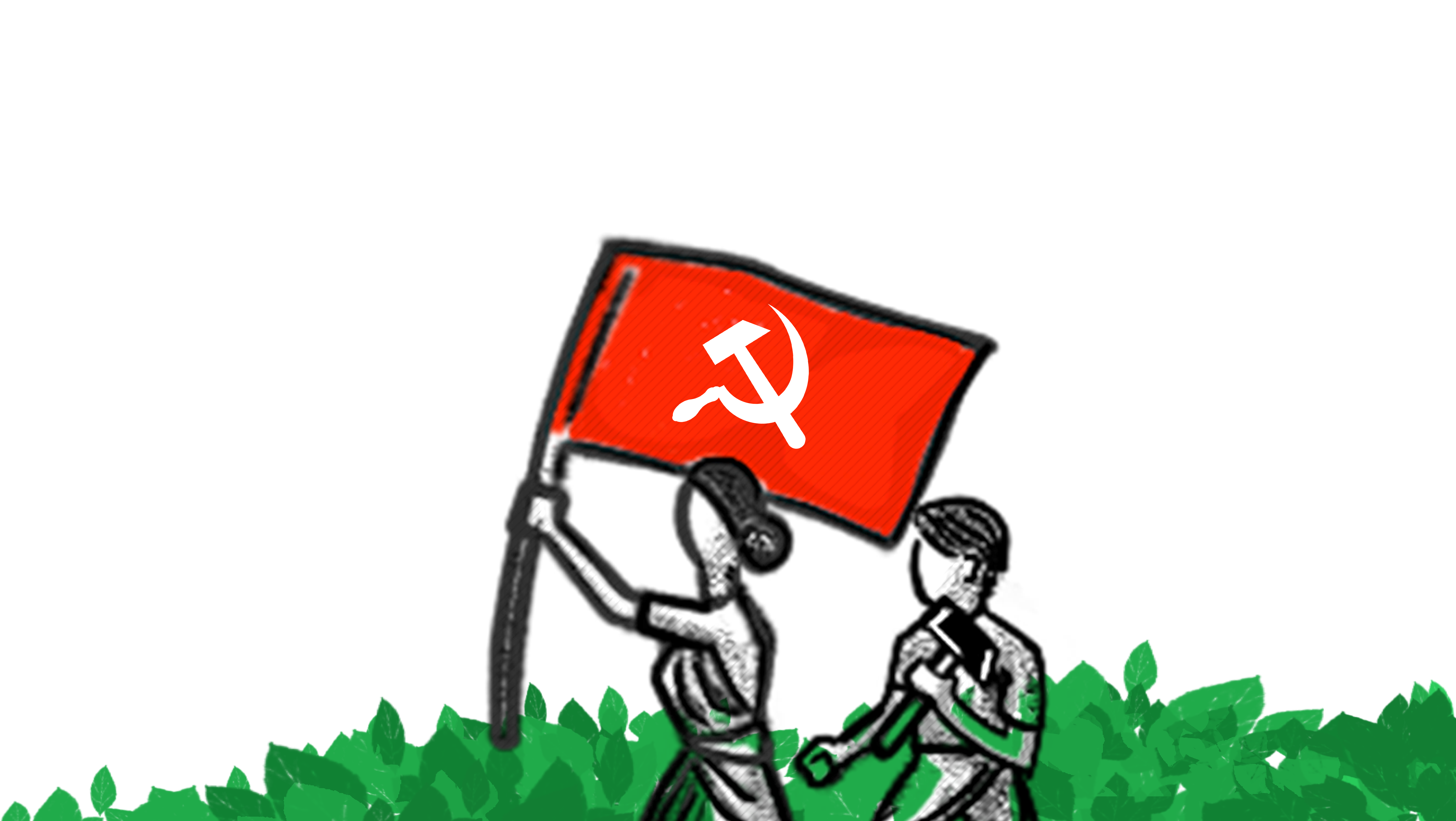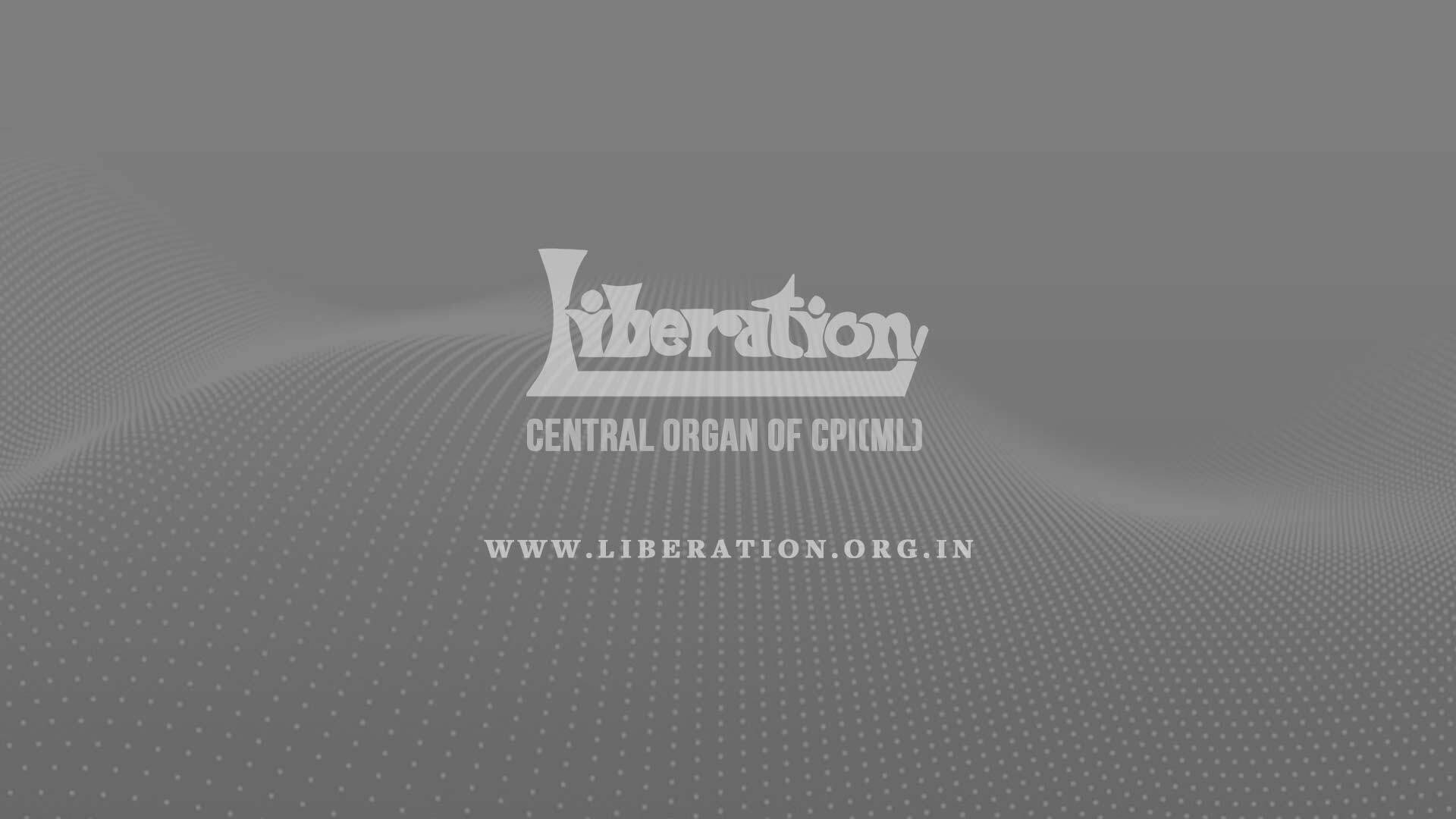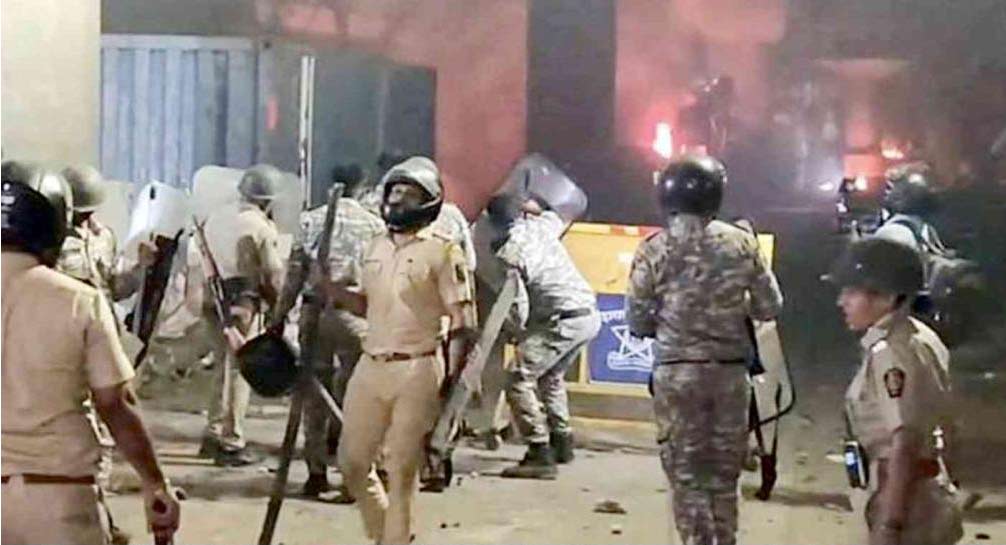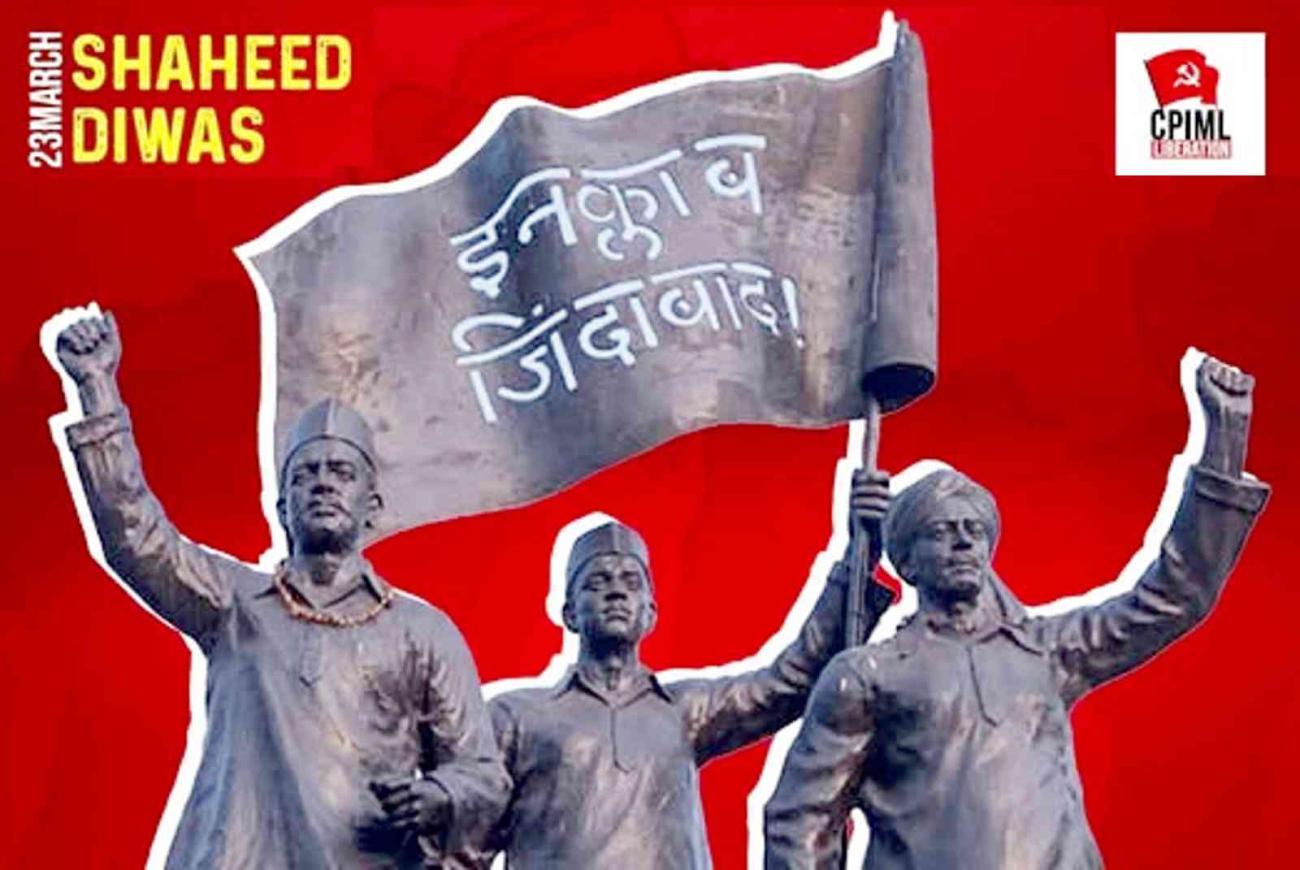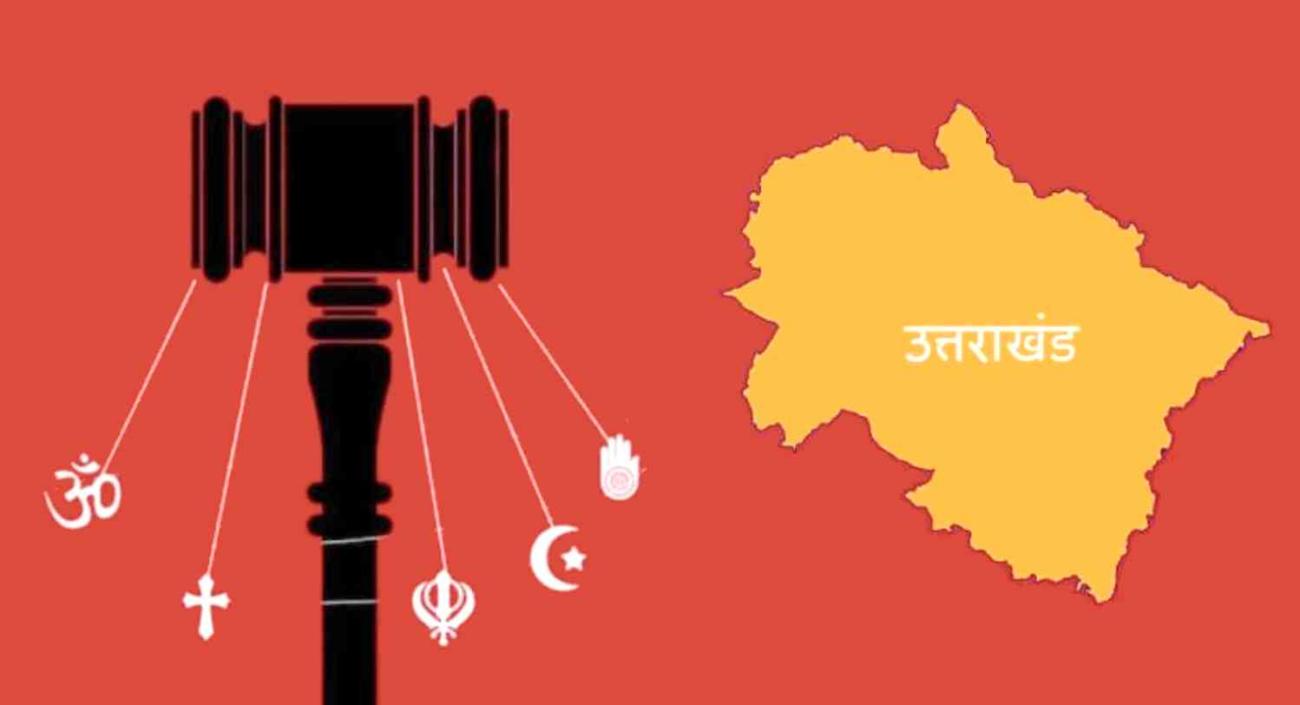Women elected to panchayats are often treated as mere proxies for their husbands. Ranting against the 33% Reservation Bill, JD(U) leader Sharad Yadav had derided women politicians as parkati (bobbed haired - i.e., connoting modernity and lack of authentic Indian femininity); and Mulayam Singh commented that women who made it to Parliament were the kind who get whistled at on the streets.� Women politicians Jayalalitha and Mayawati have both been molested by political opponents, and portrayed by the media as displaying typically feminine hysteria and unpredictability. The media loves to undermine CPI(M) leader Brinda Karat by suggesting that she made it to her partys Politburo only because of her husband deliberately neglecting to recognise that she has always been a leader in her own right.
These attacks on women in public life and non-traditional roles draw on deep-rooted patriarchal and feudal values that command a wide acceptance. Among Indian political forces, it is the Left parties alone that are ideologically equipped to resist these values. That is what makes it all the more disturbing when stalwarts of the CPI(M) in West Bengal, faced with a formidable woman opponent, deploy the selfsame patriarchal weapons that the Left ought to be resisting.
Anil Basu, elected CPI(M) MP seven times made abusive comparisons of Mamata Banerjee to the sex workers of Sonagachi. Not long after Anil Basus remark caused a furore, Susanta Ghosh, CPI(M) candidate (now CPI(M) MLA) from Garbeta in West Midnapore, took a dig at Mamata Banerjee at another election rally: Karo kopaley jodi lal na jotey, taholey tar lal dekhlei rag hoy� (If someone lacks red sindur [the symbol of marital status] in her forehead, she naturally gets infuriated at the colour red).
In the same vein, the late CPI(M) leader Subhas Chakravarty, commenting on Mamatas slogan of Maa, Mati, Manush had said, What can Mamata know of Maa (mother)?� The reference was presumably to the fact that Mamata herself is not a mother.
Can one explain these remarks away as unfortunate aberrations? It is difficult to do so, since the CPI(M) itself has failed respond with any credible action. The party did censure Anil Basus statements - perhaps because his explicit use of epithets connoting sex work is widely considered unacceptable even in the dominant culture. But though CPI(M) announced that Basu would be told to desist from election campaigning, just a few days later he was seen sharing stage with Buddhadeb Bhattacharjee in another election public meeting! It should be noted that Marxism has always critiqued the patriarchal double standards that hold prostitutes to be immoral or objects of shame. Basu and the CPI(M) certainly owed an apology to the sex workers of Sonagacchi too.
In the case of the comments made by the late Subhas Chakravarty and by Susanta Ghosh, the CPI(M) as a party saw no need to issue any official condemnation or take any corrective or disciplinary action. These comments, while using no overtly abusive language, are nevertheless deeply and offensively sexist.
In the deep-rooted patriarchal culture that permeates our society, a good woman is one who conforms to the role of wife and mother. Sindur in eastern and north India, the mangalsutra in north India, the thali in Tamilnadu these are among the powerful cultural symbols of good womanhood replicated over and over in imaginative literature, cinema and popular culture. The same literature and cinema caricatures women seeking equality or freedom as being responsible for breaking up homes and mistreating old parents-in-law. A patriarchal culture that venerates and valorises the image of woman as Mother/motherland, at the same time fears and derides the woman who fails to conform to prescribed roles. Women from the oppressed classes, castes or minorities are also excluded from the ambit of good Indian womanhood and targeted as the other.
The CPI(M)s leaders rhetoric point to the problematic political culture of the CPI(M), which has chosen to root itself deeply in this patriarchal cultural matrix. Each of the taunts and barbs flung by CPI(M) leaders at a woman political opponent invoke, and therefore reinforce, patriarchal gender ideology.
Nor is this a new or recent development linked to the decline of the CPI(M) in West Bengal. In 1990, when the CPI(M)s hegemony in the state was virtually unchallenged, the CPI(M)s response to the Birati rape case (gang rape of three Bangladeshi refugee women) had been marked by the same gender ideology. The Peoples Democracy had then carried a statement by Shyamali Gupta, then General Secretary of the Ganatantrik Mahila Samity. In an article, historian Tanika Sarkar had noted that Shyamali Guptas statement seems to echo a popular notion that rape ceases to be so in the case of certain categories of women. What else explains her reference to the moral and social standing of these women that they resided in un-authorised hutments and that they were engaged in foul professions, were mistresses of and had honeymoons with men they were not married to?� (Economic and Political Weekly, Vol. 26, No. 5 (Feb. 2, 1991), pp. 215-218)
Sarkar had then questioned the widely prevalent notion of respect for women on which W Bengal prides itself, pointing out that in fact, women in this state have, for historical and social reasons, been burdened with a gender ideology that deifies woman as essentially a mother-figure who attains her highest possibilities as the Motherland.� Motherhood here is defined as a potential for nurture, for self sacrifice, for unquestioning giving.� Nurture and self-sacrifice, in this ideology, are identified purely with women; and women are reduced to these characteristics alone.
Sarkar cited the example of a Tagore poem (Kinu Goalar Goli) in which a clerk living an alienated city life invokes the image of a great river and green land with a woman waiting in the courtyard, A Dhakai sari draping her body and sindur on her forehead.� Of this therapeutic vision of nurture,� she pointed out that W Bengal lost the land and the river to partition, and all that remained would be the woman wearing sindur, expected to provide solace throughout the ravages of loss causes by colonialism, famine, riots, partition. Today, popular culture and cinema both in W Bengal and beyond, showcase the image of the woman adorned by sindur/mangalsutra/thali as an antidote to the anxieties caused by contemporary capitalism and the consequent stresses and strains on traditional society and family. Neoliberal ideology too has readily deployed traditional patriarchal notions of good womanhood in order to harness womens labour for capital.
Sindur is therefore not merely an adornment or mark of marital status it represents a huge cultural and emotional burden imposed on women. When women are venerated as symbols of sacrifice and nurture, what are the consequences for real, live women who do not conform to these expectations? Sarkar noted that The woman to be protected, respected, adored is then the mother-woman. The more she is adored, the more socially-sanctioned and legitimised is the hostility and the distrust against the non-mother.� It must be stressed here that the mother-woman is purely an abstract embodiment of selfless nurture and has nothing to do with real-life mothers and the challenges faced by them.
It is the Left parties alone, among political forces in India that have a critique of such gender ideology. But it is not enough for Left forces to possess this critique. The Left needs to actively resist and challenge the prevalent patriarchal common sense in their daily practice. The recent statements by CPI(M) stalwarts, and the sheer absence of any serious critique or credible corrective measures on part of the CPI(M) party, reflect an abject failure on part of the CPI(M) in this regard. Quite clearly, in spite of 34 years of uninterrupted political and social hegemony in West Bengal, the patriarchal common sense flourishes unchecked even among CPI(M)s own leadership, not to speak of its rank and file and wider society.
Ruling class parties make no claims of challenging gender ideology. Mamatas own slogan for instance, deliberately invokes the emotive connotations of Maa (mother) and Mati (land), linking struggles against land acquisition with the gender ideology of motherhood. Among the freebies announced by Jayalalitha soon after her victory, it is telling that the only ones pertaining to women relate to marriage and its traditional, patriarchal symbols: four gram gold free for making thali, along with marriage assistance of Rs. 50,000 to women with graduate degrees or diplomas. Similarly, the Karunanidhi Government had created the Sumangali Thittam whereby young girls would labour in textile mills to earn their dowries! Real life needs of women are neglected and exploitative practices legitimised behind the ideological smokescreen that reduces womens existence and needs to marriage and its traditional symbols. This, ironically, in the same state where the legendary Dravidian ideologue EV Ramaswamy Naicker Periyar more than half a century ago had castigated the patriarchal practice of thali-tying and all it symbolised.
Struggles to expand womens rights and entitlements, and resist discrimination and violence are no doubt the bedrock of the womens movement and the left movement. It is imperative that these struggles be accompanied by active efforts to resist and challenge the prevailing gender ideology, even when it is cloaked in the seemingly benign guise of celebrating womens traditional roles of mother-hood and worship of woman as motherland. Such ideology, that celebrates and worships women as long as they are permanently frozen in abstract postures of nurturance, enables the discrimination and exploitation of women in their real, lived lives.

